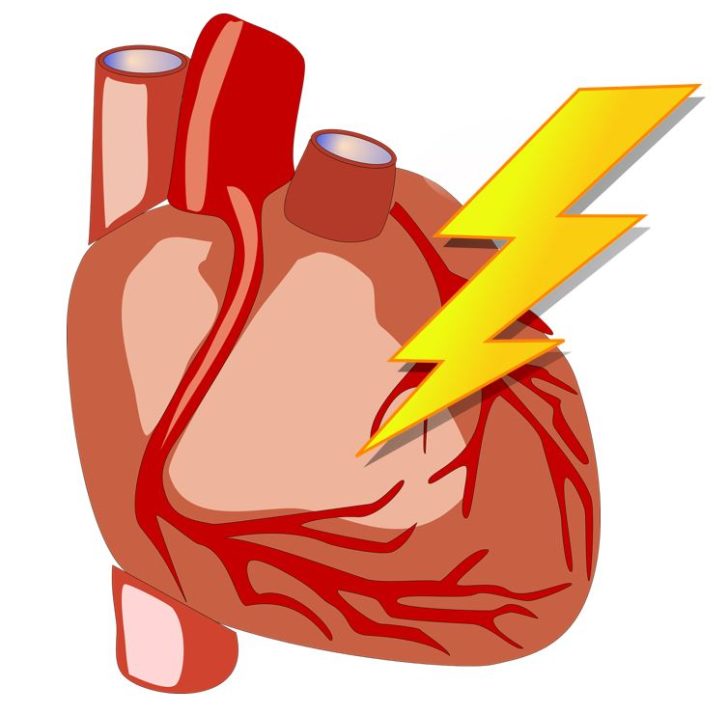Energie aus Zellen für mikrobiomedizinische Anwendungen

In jüngster Zeit wurden große Fortschritte bei der Entwicklung von Bio-Hybrid-Geräten mit verbesserten biologischen, mechanischen und elektrischen Designs erzielt. Dabei wurden Vorrichtungen mit kultivierten Herzzellen entwickelt, welche elektrische Ausgänge erzeugten. Ausserdem wurden auf muskulärem Gewebe basierten Aktuatoren erzeugt.
Now a novel bio-hybrid system, the “Cell Generator”, was demonstrated by Dr. Shi Peng’s Lab at the City University of Hong Kong (Advanced Functional Materials, "Cell Generator: A Self-Sustaining Biohybrid System Based on Energy Harvesting from Engineered Cardiac Microtissues").
The researchers integrated piezoelectric material with 3D-engineered living constructs for energy harvesting and electricity generation.
The device was essentially based on an array of piezoelectric cantilevers, which was deformed by the spontaneous contraction of cardiac muscle cells, thus transducing mechanical vibration into electrical energy. The whole cantilever design was particularly customized to match the tiny force generated by cardiac micro-tissues, so that the device was sufficiently sensitive to pick up microscale disturbances by the contraction-relaxation of multicellular cardiac tissues.
The major advance of this work is the development of a practically functional device that significantly boosts the piezoelectric output from cells by using a novel material along with an expandable miniature instrumentation design.
From a practical perspective, the researchers demonstrated a feasible strategy to converge small piezoelectric signals to functional outputs.
In practice, the cell-based device was very suitable for the low-power-consuming applications on the micro-scale biomedical robotic device.
As the authors demonstrated in this study, the “Cell Generator” was used to stimulate cultured neuronal network. With further development, this neural stimulating device could to be integrated into implantable neural stimulation devices, such as cochlear implants.
Also, micro-machines based this design could potentially be used as a power-free and self-sustainable robot to perform diagnostic or therapeutic tasks in human body.
The integration of active elements from biological systems, such as cells and tissues, with mechanical or electronic interfaces presents unique opportunities for creating bio-hybrid machines that are adapted to respond to complex stimuli for a range of engineering applications.
The scientists hope that the “Cell Generator” technology can provide an innovative perspective of exploiting live biological components for the development of self-sustaining cellular machines andbio-hybrid systems.
Quelle Artikel: Nanowerk News
Quelle Bild: pixabay